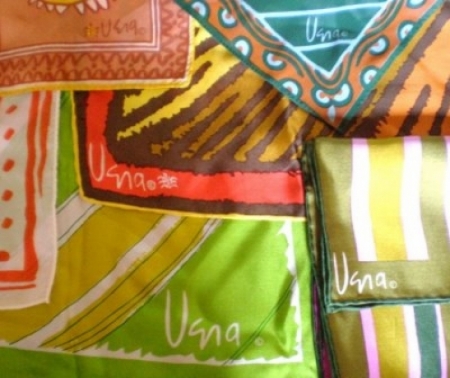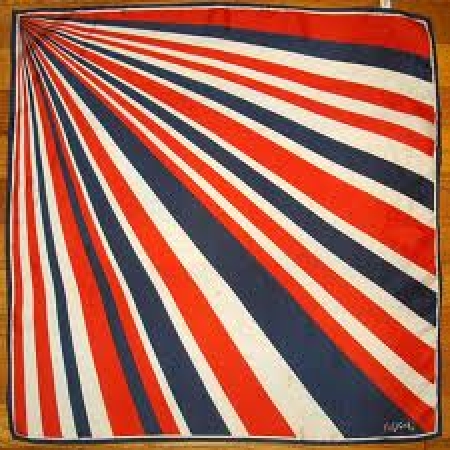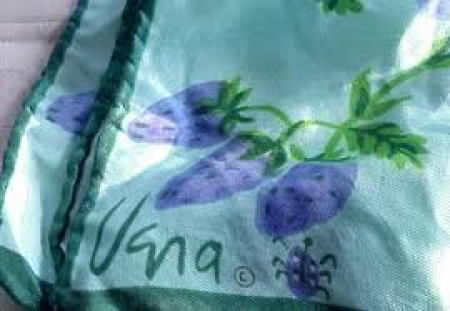Collagraph Maniac!
Guest User
The Printmaker is a most peculiar being. He delights in deferred gratification and in doing what does not come naturally. He takes pleasure in working backward or in opposites: the gesture that produces a line of force moving to the right prints to the left, and vice versa; a deeply engraved trench in a copper or zinc plate prints as a depression in the paper. Left is right. Right is left. Backward is forward. The Printmaker, peculiar as he is, must see at least two sides to every question.
-Jules Heller
I have enjoyed some version or other of printmaking since high school when I took a silkscreen class and made a print of a cat in a window. It took me 20 years to find my way back to art making as a discipline as opposed to a high school elective but I have chosen my path and it definitely involves the process of making version after version of the same image, slightly altered by the winds of fate and a misplaced ink smear. I have dabbled in a variety of forms of printmaking, from Moku Hanga, or Japanese Wood Block printmaking (which I love), to Gocco, a now nearly extinct form of silkscreen, a medium in which my friend Shu-Ju Wang is a master.
I happened on the printmaking style of Collagraphy by chance when I signed up for a class at the Multnomah Arts Center in SW Portland. I loved the class, taught by a spunky printmaker and educator named Palmarin Merges. Although I explain the collagraph process in detail in the "What I Do" section of my website, I will say briefly that collagraphs are prints made by making a collage with textural materials on a printing plate and then inking and printing that sucker up! I fell in love with the spontaneous and irreverent way that collagraph prints are made. There is an endless variety of material you can use to texture the plate for printmaking and the results have a three dimensional and tactile quality I have seen nowhere else in printmaking. Like other forms of printmaking there are the marks that come out of seemingly nowhere and the reversal of the image upon printing. Unlike other forms of printmaking, anything goes in terms of what you apply to the plate and that leaves so much room for playfulness and experimentation. "Can I put this chunk of bark on the plate?" or "What about the hair from my last haircut?". Seriously, anything goes and that rebellious approach to printmaking sort of sums up what I love about it. My go to place for printmaking in Portland is Atelier Meridian. I plan on spending much more time there in the future, like when my kids leave the nest and I can stop folding laundry that isn't my own. The Atelier, which is in North Portland in a suitable gritty 'hood, has gorgeous printmaking facilities and a wonderful community of convivial folks. Art should not be made in isolation, unless it is by choice. And I really like people. So long! I am off to make art in isolation today, by choice!








